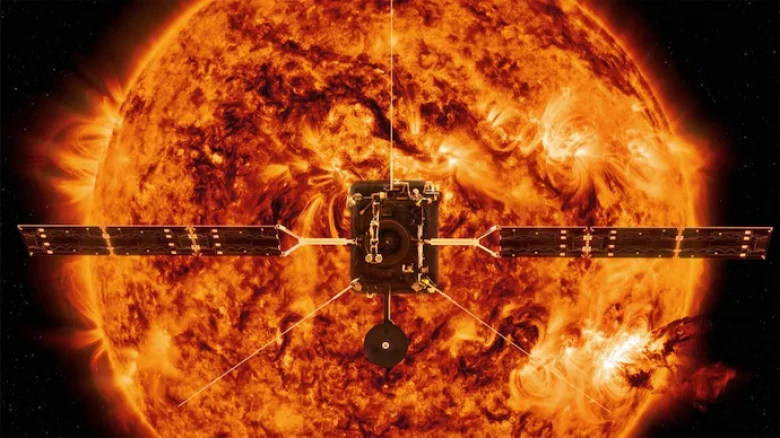This site provides special benefits for science and astronomy, which are essential for a thorough study of our star.
Digital Desk: With its Aditya L1 spacecraft, the Indian Space Research Organisation (Isro) has started a ground-breaking mission to study the Sun. The spacecraft will function from a unique location in space known as Lagrange Point 1 (L1).
On January 6, 2024, the spacecraft is scheduled to reach its destination.
This site provides special benefits for science and astronomy, which are essential for a thorough study of our star.
Exactly what are Lagrange's points?
Lagrange's points are places in space where the centripetal force experienced by a smaller object is balanced by the gravitational forces of two big entities, such as the Earth and the Sun.
These locations act as "parking spots" for spacecraft, enabling them to keep their positions steadily while using the least amount of fuel. L1 is the most important of these for solar observations. It is situated in the direction of the Sun at a distance of around 1.5 million kilometers from Earth, giving us a clear glimpse of our star.
The deliberate positioning of Aditya L1 at this location guarantees uninterrupted sun observation free from obstructions such as eclipses or occultations. Studying the photosphere, chromosphere, and corona of the Sun is made possible by this unbroken perspective.
The mission's seven payloads, which were created in-house by academic institutions in India and Isro, are designed to explore the mysteries of solar flares, coronal heating, and coronal mass ejections (CMEs), as well as how these phenomena affect Earth's space weather environment.
A HALO ORBIT
Along with being a scientific endeavor, Aditya L1's voyage to L1 is a monument to human creativity in resolving challenging issues like the three-body problem, which mathematician Joseph-Louis Lagrange used to identify Lagrange points.
After being launched on September 2, 2023, the spacecraft will circle L1 in a three-dimensional 'halo' orbit that permits out-of-plane motion concerning the primary bodies. By creating a halo around Lagrange Point, this orbit guarantees that the spacecraft can always be seen from Earth.
A CROWDED AREA IN SPACE
L1 is more important than Aditya L1. Numerous other robotic explorers, like the Deep Space Climate Observatory and NASA's Solar and Heliospheric Observatory Satellite (SOHO), already reside at this location.
Our knowledge of space weather phenomena and their possible effects on technology systems both in space and on Earth has greatly increased as a result of these missions.
Considering the positional uncertainty and susceptibility to perturbative forces on Aditya L1, which is projected to arrive at its target by January 6, 2024, Isro is carefully evaluating the mission's safety. These evaluations, with assistance from international organizations such as NASA-JPL, will aid in preventing any possible close encounters with nearby spacecraft.








Leave A Comment